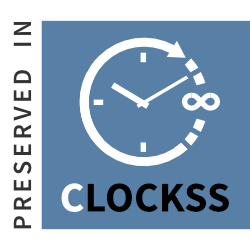A Rasch Analysis of Achievement Goal Orientation Scale in Language Education Context
DOI:
https://doi.org/10.51732/njssh.v9i2.171Keywords:
Achievement Goal Orientation, Scale Validation, Rasch Model Analysis, Language Education ContextAbstract
Motivation plays a crucial role in determining students’ academic achievement. An important aspect of motivation is student achievement goals or Achievement Goal Orientation. The trichotomous model of Achievement Goal Orientation has been widely used: Mastery Goal Orientation, performance approach Goal Orientation, and Performance-Avoidance Goal Orientation. Educators must be familiar with the orientation students adopt, as it shapes their approach during teaching and learning. This paper examines the validity and reliability of Achievement Goal Orientation in a language education context. One hundred twenty-three secondary school students attended the survey, involving 55 (44.7%) males and 68 (55.3%) females. The instrument was adopted from Elliot and Church's Achievement Goal Orientation Questionnaire (1997) and was modified into the language domain. The initial version of the instrument consisted of 20 items, while the final version, after modification, consisted of 13 items. The Rasch Measurement Model was used to validate the instrument. All the psychometric properties confirmed the validity and reliability of the instrument. Rasch analysis revealed that the scale showed strong evidence of validity and reliability in the language education setting. It is suggested that language teachers and experts use the scale to improve language learners' performance. The findings of this study may be tested in other fields of study to get more robust validation results for further validation of the scale.








